Which Thermal Imager Should You Pick?(iPhone vs Android)
For iPhone and Android users, the key factors in choosing a thermal imager are device compatibility, resolution, frame rate, and app support.
| Key Factor | iPhone Users | Android Users |
|---|---|---|
| Port/Connection | Lightning (MFi-certified) or USB-C (iPhone 15+). Avoid uncertified adapters (they crash). | Full-featured Type-C (not charging-only) |
| Resolution sweet spot | 80×60 (home checks: wall moisture, AC leaks). 160×120 (car/electrical: engine leaks, wiring hotspots). | 80×60 (basic) / 256×192 (pro) |
| App priority | Hardware brand’s official App Store apps | Official apps (avoid root-required third-party) |
| Frame Rate | 8–30 Hz | 8–30 Hz |
Scope & Use Cases:
- DIY car owners (checking engine leaks, brake heat, AC issues).
- Home users (finding pipe leaks, wall damp, overheating outlets).
- Handymen/contractors (HVAC, electrical, or building inspections).
How Do iPhone and Android Thermal Imagers Differ?
The main difference is compatibility and ecosystem. Core functions like resolution and frame rate are nearly identical; what matters is how the imager connects to your phone and which apps it can run reliably.
- 1. Connection: Ports and Restrictions
- iPhone: Stuck with strict hardware rules. Older models (iPhone 14 and earlier) need Lightning ports with MFi certification—no exceptions. Uncertified adapters or third-party cables? They’ll crash or disconnect mid-scan (a common gripe in user forums).iPhone 15+ (USB-C) is more flexible but still picky: Look for thermal imagers explicitly labeled “compatible with iPhone 15” (many Android USB-C models lack iOS drivers).
- Android: Relies on full-featured Type-C ports (not the charging-only ones in cheap phones). Most Android thermal imagers work across brands (Samsung, Xiaomi, Pixel) as long as the port handles data.Bonus: Bluetooth models are more reliable here—Android’s looser OS restrictions mean fewer connection drops compared to iPhone.
- 2. Apps: Official vs. Wildcard
- iPhone: Only trust the brand’s official App Store app (e.g., Seek Thermal for Seek imagers). Third-party “universal” apps? They’re hit-or-miss, often failing to read temperature data or crashing on iOS updates.No workarounds: Apple’s strict app rules block unapproved software, so you can’t force a mismatched app to work.
- Android: Official apps are still best, but you’ve got more leeway. Some third-party apps (no root required) can work with multiple imager brands—handy if you switch devices later.Warning: Avoid apps that demand “root access”—they risk your phone’s security and void warranties.
- 3. Resolution, frame rate:
Resolution, frame rate (8–30 Hz), and core uses (car leaks, home checks) are nearly identical across both ecosystems. A 160×120 imager works as well on an iPhone for engine scans as it does on an Android for HVAC checks.
What Features Matter Most for a Smartphone Thermal Imager?
For DIY car, home, or electrical inspections using your smartphone, the most important features are resolution, thermal sensitivity (NETD), temperature range, and app/software functionality. Good interface compatibility and frame rate are important too, but these four features determine whether you’ll see useful detail or just a blurry heat blob.
| Feature | What It Determines | Why It’s Important | Quick Buy Guide |
|---|---|---|---|
| Resolution | How many pixels make up the thermal image | Higher resolution lets you spot small heat differences (e.g., a wiring fault, or pipe leakage) rather than a vague hot area. | Entry‑level: 80×60 for basic home checks. Pro: ≥ 256×192 for car/contractor use. |
| Thermal Sensitivity (NETD) | The smallest temperature difference the sensor can detect | Lower NETD means you can detect subtle heat variances (e.g., wall dampness, loose connection) before they become obvious. | Aim for ≤ 100 mK for serious inspection work. |
| Temperature Range | The min and max temperatures the imager can accurately measure | Ensures you’re covered for your hottest and coldest scenarios (engine block, attic insulation, electrical panels) | Make sure range covers your use case (e.g., ‑20 °C to 400 °C or more for automotive/electrical). |
| Application / Software Features | How well the phone app supports measurement, analysis, reporting | A good app turns raw thermal image into actionable insight (spot temp, area analysis, video, reports) | Look for: temperature span/level control, image fusion, measurement tools, export features. |
Do iPhones Have Built-in Infrared?
No, iPhones do not have a built-in thermal infrared camera capable of seeing heat. This is a definitive and universal answer for all iPhone models, including the latest iPhone 15 series.
While your iPhone is packed with advanced sensors, it lacks the specific microbolometer sensor required to detect thermal radiation (heat) and create a thermogram (heat map image). so you can’t use an iPhone’s native features to see thermal patterns (like engine hotspots or wall leaks).
Any “thermal imaging” you see on an iPhone comes from external thermal camera attachments or apps that interpret existing camera data—the phone itself cannot sense IR radiation.
iPhone/Android Thermal Imager Product Recommendations
Product Recommendation Overview
- Foxwell RT100 — Ultra-high resolution and wide temperature range
- FLIR ONE Pro — MSX image enhancement and professional app ecosystem
- Topdon TC002 — Compact, mobile-friendly, highly accurate
Product Highlights & Key Specs
Foxwell RT100
Core value: Get high-end performance at an affordable price.
- Price: $239
- Compatibility: iPhone / Android
- Key specifications:
Resolution: 512x384 (via TISR technology)
Refresh rate: 25 Hz
Temperature measurement range: -4°F to 1022°F (-20°C to 550°C)
Power consumption: 0.24W, battery life approximately 10 hours
Features: Focused on providing clearer image details and a smoother scanning experience, it is especially suitable for diagnosing moving parts or scenarios that require meticulous observation.
Core value: An irreplaceable image interpretation experience.
- Price: $519
- Compatibility:Compatible with the iPhone 15 and newer models.
- Key specifications:
Resolution: 160x120 (Enhanced by VividIR technology)
Refresh rate: 8.7Hz
Temperature measurement range: -4°F to 752°F (-20°C to 400°C) and 32°F to 752°F (0°C to 400°C)
Thermal sensitivity: <70 mK
Features: The revolutionary MSX technology superimposes visible light contours with thermal images in real time, making the thermal images clear at a glance. The brand enjoys high recognition and the software report function is professional.
Core value: Reliable tools that meet basic needs.

- Price: $240 (Sale)
- Compatibility: iPhone (Lightning), Android
- Key specifications
Resolution: 256x192
Temperature measurement range: -4°F to 1022°F (-20°C to 550°C)
Temperature measurement accuracy: ±3.6°F (±2°C)
Power consumption: 0.35W
Features: It offers a full range of software functions such as 11 color pallets and point, line and surface temperature measurement. The aluminum alloy casing is both lightweight and sturdy, making it a comprehensive entry-level package.
In-depth product review
| Evaluation Dimension | FOXWELL RT100 | FLIR ONE Pro | Topdon TC002 |
|---|---|---|---|
| Core Advantage | Extremely High Parameter Value | Best Image Interpretability | Well-Rounded Entry-Level Features |
| Image Detail |
★★★★★ 512x384 resolution, richest in detail. |
★★★☆☆ Native resolution is lower, but MSX technology significantly enhances readability. |
★★★★☆ 256x192 resolution, clarity is better than FLIR but weaker than RT100. |
| User Experience |
★★★★★ 25Hz refresh rate, smooth imaging, no smearing. |
★★★☆☆ 8.7Hz refresh rate, smearing may occur during rapid movement. |
Info Missing Refresh rate not specified; typically lower on entry-level models. |
| Measurement Performance |
★★★★☆ Wide temperature range meets most professional scenarios. |
★★★★★ High sensitivity <70 mK captures more subtle temperature differences. |
★★★☆☆ ±3.6°F accuracy is relatively lower, suitable for less critical scenarios. |
| Battery & Power |
★★★★★ Ultra-low 0.24W consumption, up to 10 hours battery life. |
★★☆☆☆ ~1 hour battery life, requires frequent charging or power connection. |
★★★★☆ 0.35W consumption, moderate battery performance. |
| Main Drawbacks | Lower brand recognition in the consumer sector. | Most expensive, and native resolution offers no advantage. | Image clarity and smoothness may not meet high-end diagnostic needs. |
Final Purchasing Advice
- For Pursuing Ultimate Value & Future-Proofing: Choose FOXWELL RT100. It offers performance that won't become obsolete for years to come at a lower cost, especially suitable for professionals requiring detailed diagnostics (e.g., combining with a diagnostic scanner for comprehensive vehicle health checks) and long operation times.
- For Pursuing the Best User Experience & Brand Power: Choose FLIR ONE Pro. If your work involves significant client demonstration, the intuitiveness provided by MSX technology outweighs its resolution shortcoming.
- For Meeting Clear & Basic Inspection Needs: Choose Topdon TC002. If your budget is strict and you primarily perform qualitative rather than highly precise quantitative analysis, it is a reliable tool.
Related Reading: Plug-and-Play Thermal Imaging for Android/iPhone: A Complete Guide to Using the Foxwell RT100
FAQs:
How to Choose the Right App for iPhone Thermal Cameras?
It's very straightforward: Strictly use the official app designated by the thermal imager manufacturer. The hardware and software are deeply integrated, and third-party apps cannot drive dedicated thermal imagers. For example, if you have chosen the Foxwell RT100 thermal imager.
1. Search for FoxIR in the App Store.
2. After downloading the app, during the initial connection, ensure you have granted the app permission to use "Bluetooth" and "Local Network".
3. Core Features: The app supports:
- 10 color palettes
- Adjustable contrast/sharpness
- Point, line, and area temperature analysis
- Generate and export PDF reports
Note: Please consult the User Manual inside the Foxwell RT100 product packaging. It will clearly state the required app name and download method (such as a QR code).
Why is My Thermal Imager not Connecting to My Phone?
-
App Permission Issues:
The app may not have access to your camera or external device.
Go to Settings → Privacy & Security → App Permissions and make sure the relevant permissions (such as Camera and External Device Access) are enabled. -
Port or Adapter Issues:
Check that the thermal imager’s connector matches your phone’s port (Lightning or USB-C) and that the connection is secure.
If using an adapter, ensure it supports data transfer, not just charging. -
Bluetooth Connection (if applicable):
If your thermal imager supports wireless connection, complete the Bluetooth pairing through the official app.
For wired devices, make sure the device is properly connected and the companion app is running so the phone can recognize it.
Can I use a USB-C thermal imager with iPhone?
It depends on your iPhone model — and on whether the thermal imager supports iOS.
- iPhone 15 series and newer: These models come with a USB-C port, but not every USB-C thermal imager will work. iPhones use Apple’s own communication protocols and often require MFi (Made for iPhone) certification to ensure proper connection. Many USB-C imagers designed for Android don’t have this chip, so the iPhone may not recognize them.
- Older iPhones (Lightning port): You’ll need a thermal imager made for Lightning or an official Lightning-to-USB-C adapter that supports data transfer — not just charging. However, compatibility isn’t guaranteed, so always confirm with the manufacturer before purchasing.
Note: Even if the connector fits, it doesn’t mean it will work. Always check that the thermal imager is explicitly listed as compatible with iOS devices.
Does the Foxwell IR400 require Bluetooth to connect?
No, the Foxwell IR400 does not require Bluetooth. Simply install the official app on your phone. Once plugged in, the app will recognize the thermal imager, allowing you to start capturing thermal images immediately.
Related Reading: Car Scanner with Air Conditioning Check Function

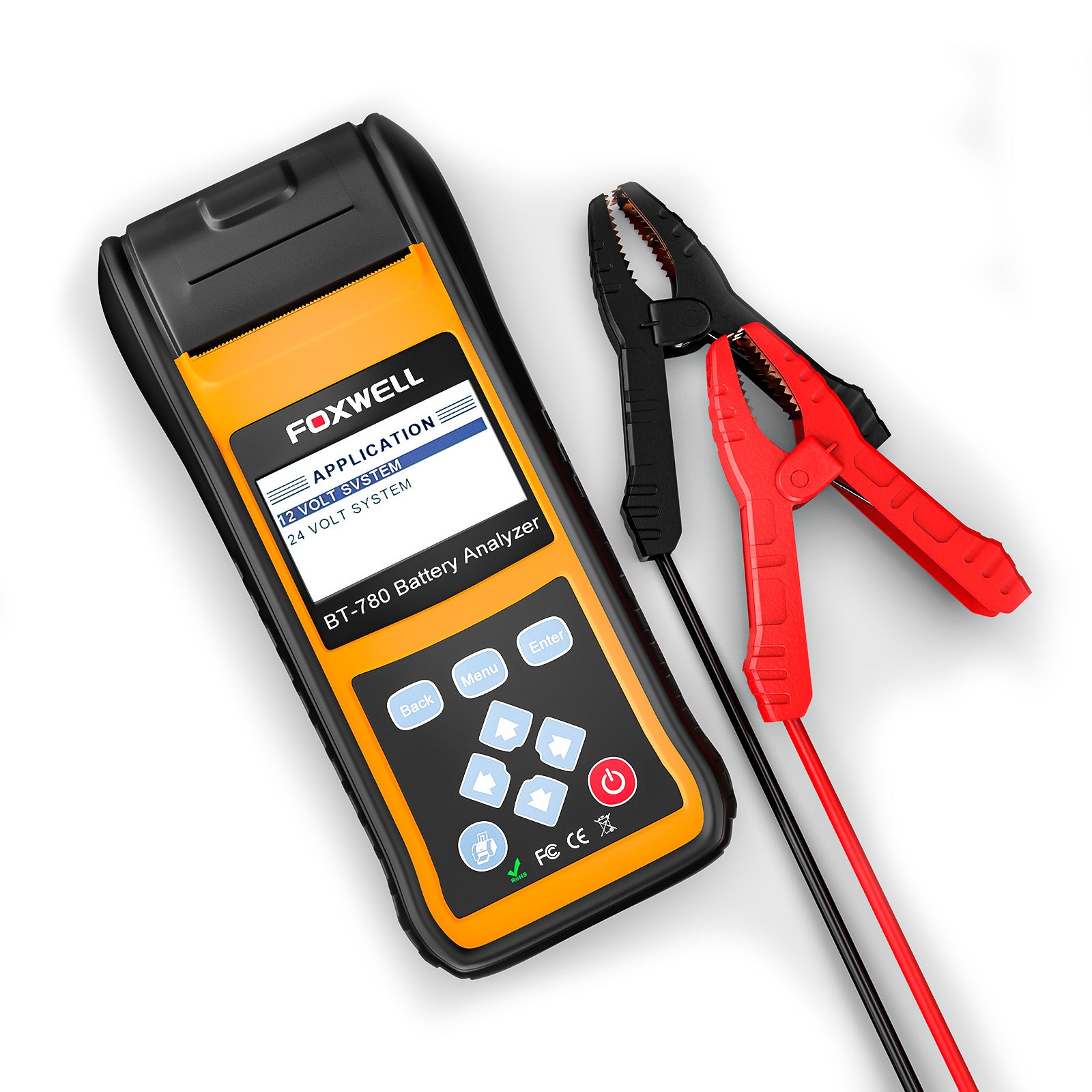
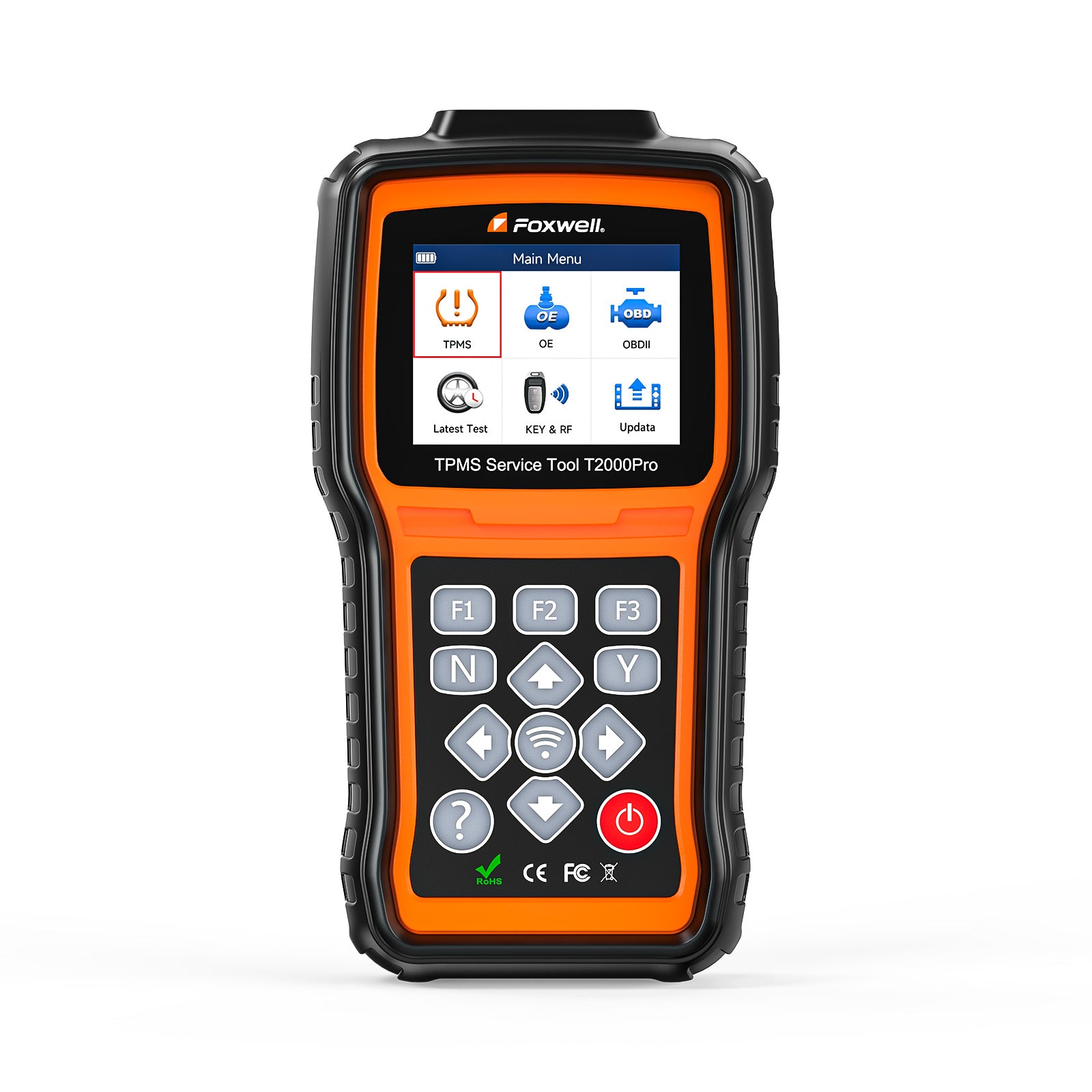
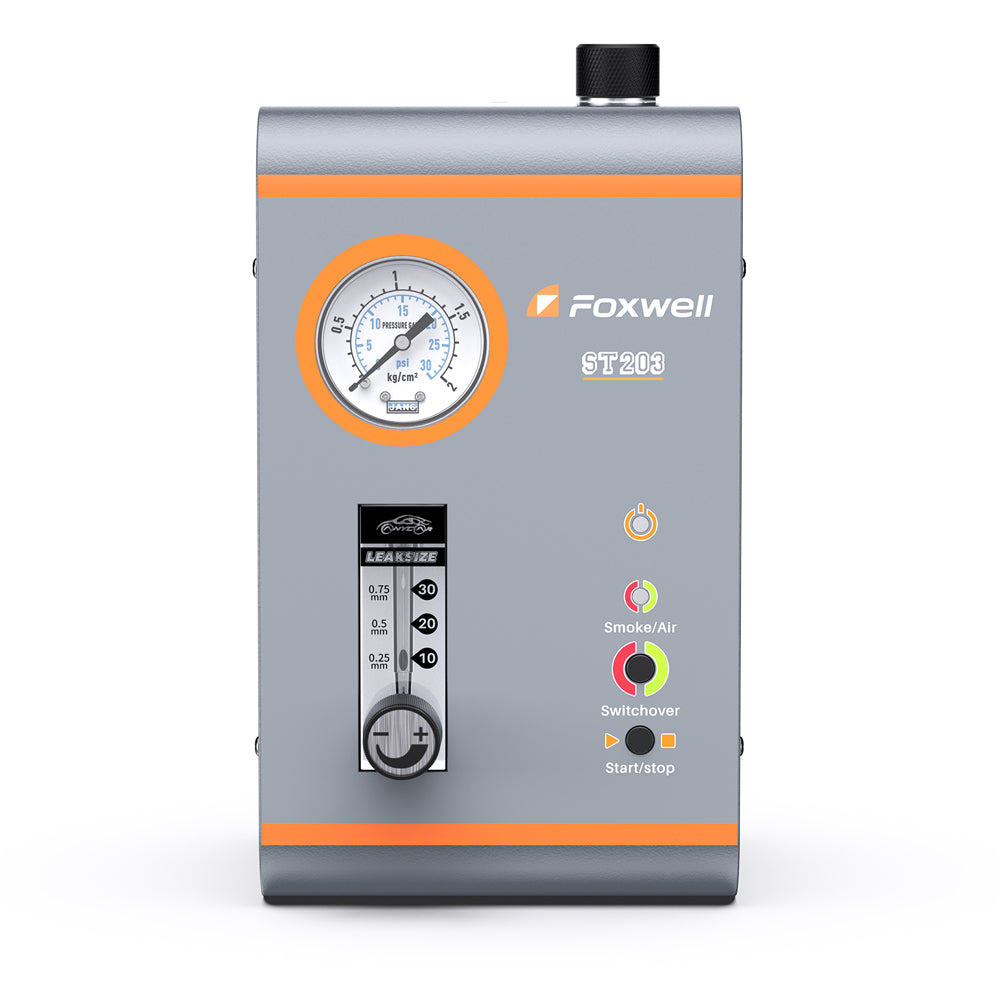
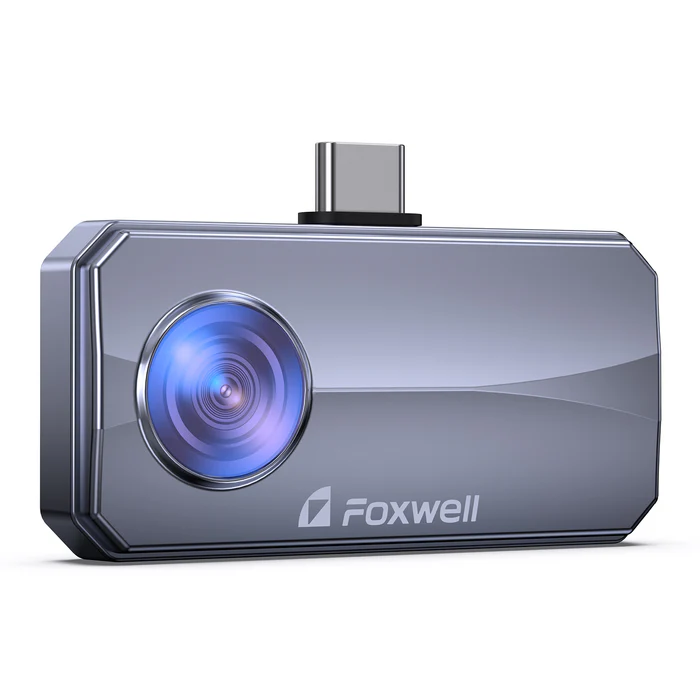
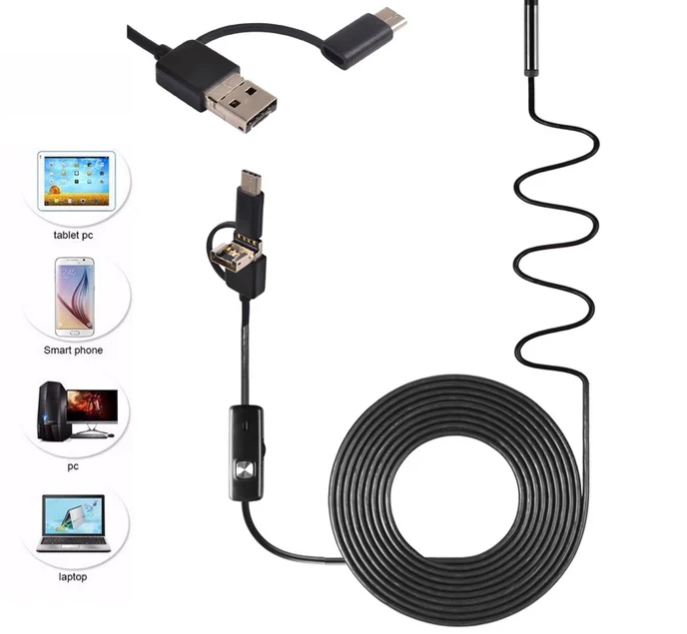
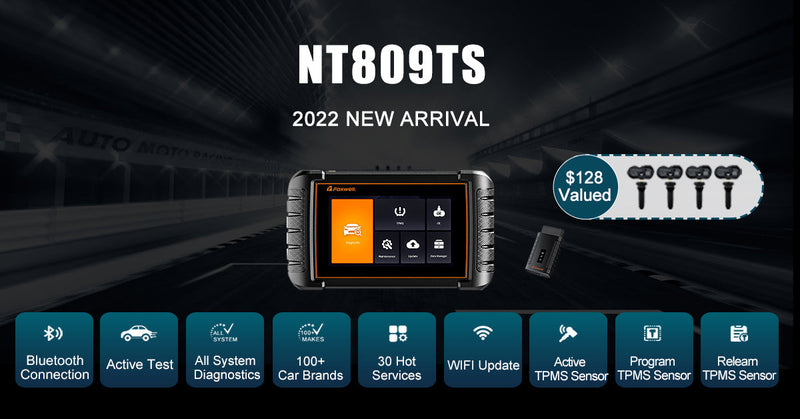
Leave a comment
This site is protected by hCaptcha and the hCaptcha Privacy Policy and Terms of Service apply.